The Legendary Xenosmilus: A Beast Beyond Imagination
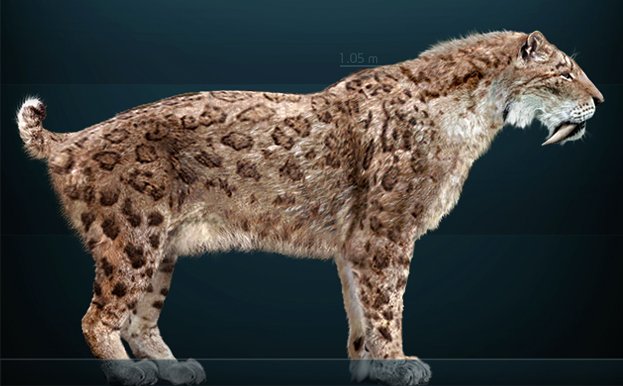
Picture a predator so massive it could stand eye-to-eye with a modern grizzly bear, yet moved with the silent precision of a house cat. The Xenosmilus hodsonae wasn’t just another saber-toothed cat—it was a 9-foot powerhouse that redefined what we thought we knew about prehistoric predators. This incredible feline roamed the grasslands of North America around 1.8 million years ago, leaving behind fossils that continue to astound paleontologists today.
Unlike its more famous cousin, the Smilodon, Xenosmilus possessed a unique combination of features that made it perfectly adapted for life on the open plains. Its massive frame supported incredibly powerful forelimbs, while its distinctive teeth told a story of hunting strategies unlike any modern big cat.
Teeth That Tell Tales of Ancient Hunts
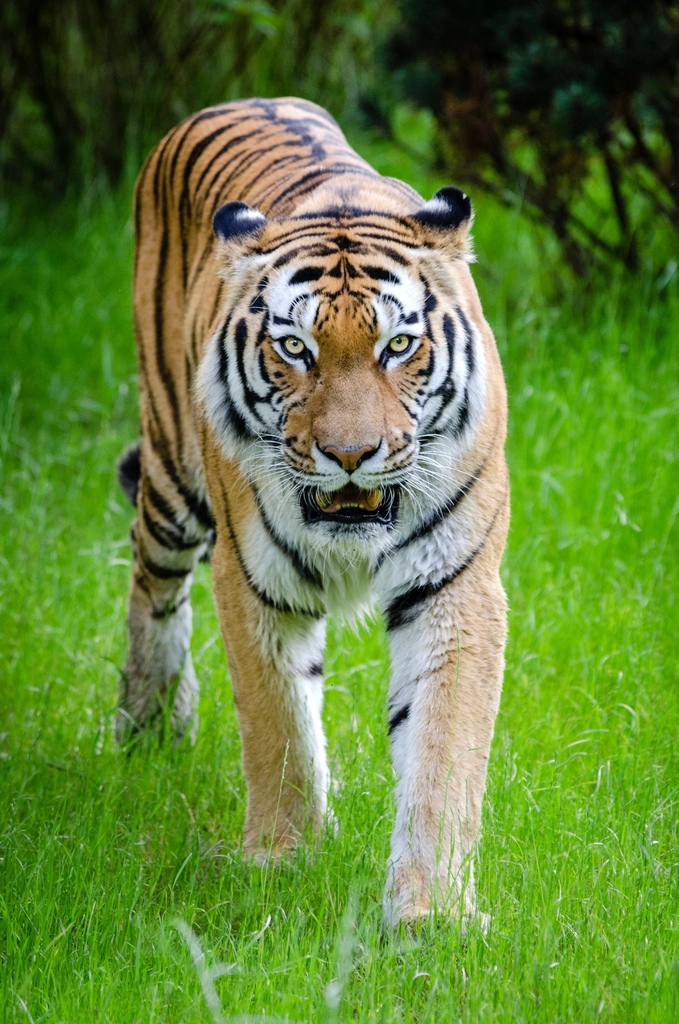
The saber teeth of Xenosmilus weren’t just for show—they were precision instruments of death. Measuring up to 4 inches long, these curved daggers were designed to deliver devastating puncture wounds to prey. What made them truly special was their incredible durability, built to withstand the massive forces generated during attacks on large herbivores.
Scientists have discovered that these teeth were more robust than those of other saber-toothed cats, suggesting Xenosmilus tackled prey that other predators couldn’t handle. The wear patterns on fossilized teeth reveal a predator that wasn’t afraid to take on the giants of its time, from massive ground sloths to early horses.
Built Like a Prehistoric Tank

Standing nearly 4 feet tall at the shoulder and stretching 9 feet from nose to tail, Xenosmilus was a formidable presence on the ancient landscape. Its body was built for power rather than speed, with incredibly muscular forelimbs that could generate crushing force. The bone structure suggests this cat weighed between 500 to 600 pounds—making it one of the largest cats ever to walk the Earth.
The robust build wasn’t just for intimidation. Every aspect of Xenosmilus’s anatomy was engineered for bringing down prey much larger than itself, from reinforced shoulder blades to an unusually thick skull that could absorb tremendous impact.
The Grassland Phantom: Master of the Plains

While many saber-toothed cats preferred forested environments, Xenosmilus was a creature of the open grasslands. The expansive prairies of Pleistocene North America provided the perfect hunting ground for this massive predator. Its powerful legs were built for covering vast distances across flat terrain, stalking herds of grazing animals.
The open landscape meant there was nowhere for prey to hide, but it also required a different hunting strategy. Xenosmilus likely relied on its incredible strength and devastating bite rather than the ambush tactics preferred by forest-dwelling cats.
A Bite Force That Crushed Competition
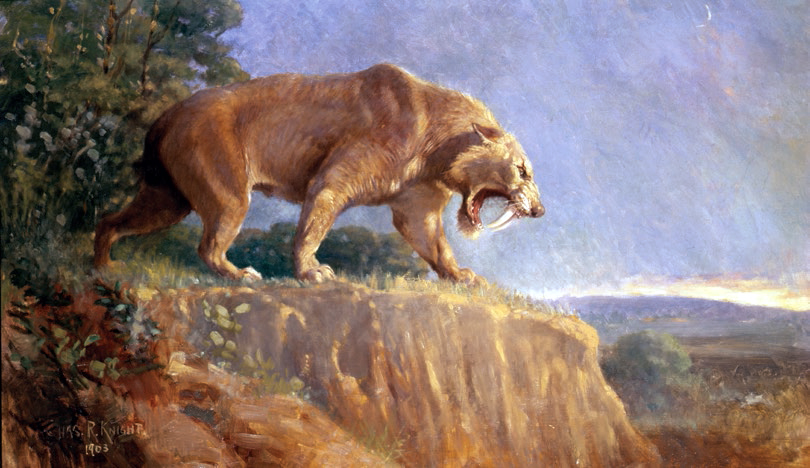
Recent studies have revealed that Xenosmilus possessed one of the most powerful bite forces ever recorded in a feline predator. Computer models suggest this beast could generate crushing pressure that would make modern lions look like kittens. This incredible jaw strength wasn’t just about the saber teeth—the entire skull was reinforced to handle these massive forces.
The bite force was so extreme that Xenosmilus could likely crush through bone and thick hide with ease. This gave it access to prey that other predators simply couldn’t tackle, establishing it as the apex predator of its ecosystem.
The Mystery of the Missing Tail

One of the most intriguing aspects of Xenosmilus fossils is what’s missing—clear evidence of tail vertebrae. Scientists believe this massive cat may have had a relatively short tail compared to its body size, similar to modern-day lynx or bobcats. This adaptation would have provided better balance during close-quarters combat with large prey.
The shortened tail theory suggests Xenosmilus was built for wrestling matches with megafauna rather than the pursuit hunting seen in long-tailed cats. Every bone tells a story of a predator designed for maximum impact in minimal time.
Florida’s Fossil Treasure Trove

The first Xenosmilus fossils were discovered in Florida, in deposits that paint a picture of a much different North America. During the Pleistocene epoch, Florida’s climate was cooler and drier, supporting vast grasslands where these giant cats hunted. The Haile quarry has yielded some of the most complete Xenosmilus specimens ever found.
These Florida fossils have revolutionized our understanding of saber-toothed cat diversity. Each new discovery adds pieces to the puzzle of how these magnificent predators lived, hunted, and eventually disappeared from the landscape.
Hunting Strategies of a Pleistocene Predator

Unlike modern big cats that rely on speed and agility, Xenosmilus was built for power hunting. Scientists believe it used its massive forelimbs to grapple with prey, pinning down victims before delivering the killing bite. This wrestling approach would have been devastatingly effective against the large, slow-moving herbivores of its time.
The hunting strategy required incredible courage and strength. Xenosmilus likely targeted prey animals that were several times its own size, using its superior weaponry and build to overcome them through sheer force and determination.
The Ecosystem Engineer

As the apex predator of its ecosystem, Xenosmilus played a crucial role in shaping the communities around it. Its hunting pressure would have influenced the behavior and evolution of prey species, from the migration patterns of ancient horses to the defensive strategies of ground sloths. The mere presence of such a formidable predator would have created ripple effects throughout the food chain.
The loss of Xenosmilus from North American ecosystems marked the end of an era. No modern predator has filled the ecological niche left vacant by these massive cats, leaving our current ecosystems fundamentally different from those of the Pleistocene.
Comparing Giants: Xenosmilus vs. Smilodon

While Smilodon fatalis gets most of the attention, Xenosmilus was arguably the more impressive predator. Where Smilodon was built for precision killing, Xenosmilus was engineered for brute force. Its teeth were more robust, its build more powerful, and its hunting style more aggressive.
The two species likely competed for similar prey, but Xenosmilus’s superior size and strength probably gave it the advantage in direct confrontations. This prehistoric rivalry represents one of the most fascinating chapters in the evolution of large predators.
The Climate Connection
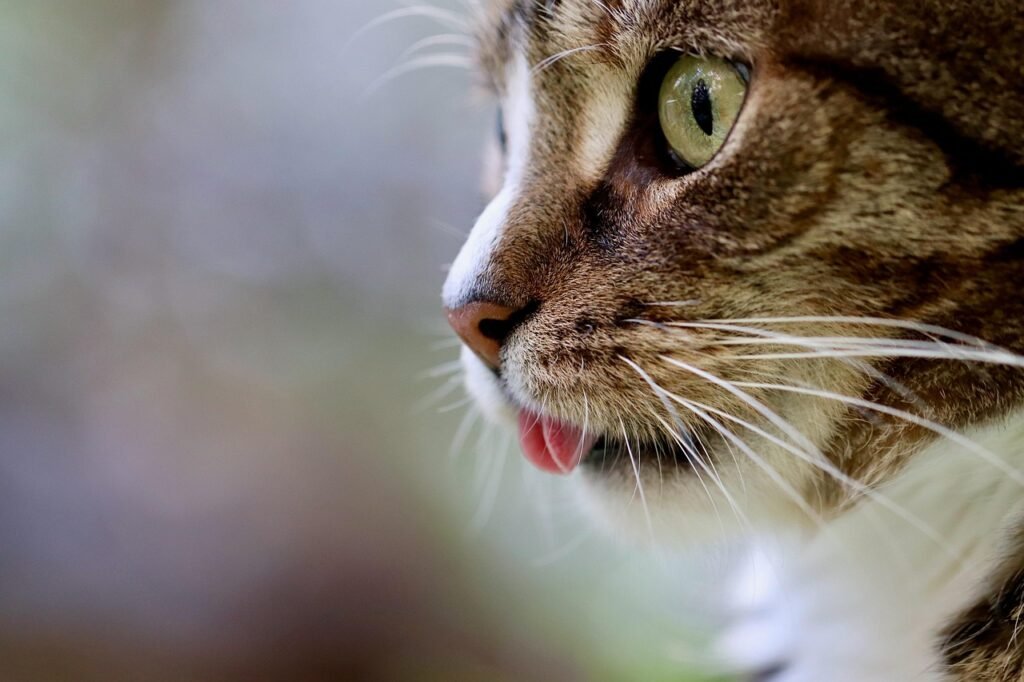
The rise and fall of Xenosmilus was intimately connected to climate change during the Pleistocene. As ice ages came and went, the grasslands that supported both predator and prey expanded and contracted. When the climate began warming around 10,000 years ago, these vast grasslands started disappearing, taking with them the ecosystem that supported such massive predators.
The extinction of Xenosmilus serves as a powerful reminder of how climate change can reshape entire ecosystems. The loss of habitat proved more devastating than any competing predator could have been.
Modern Technology Reveals Ancient Secrets
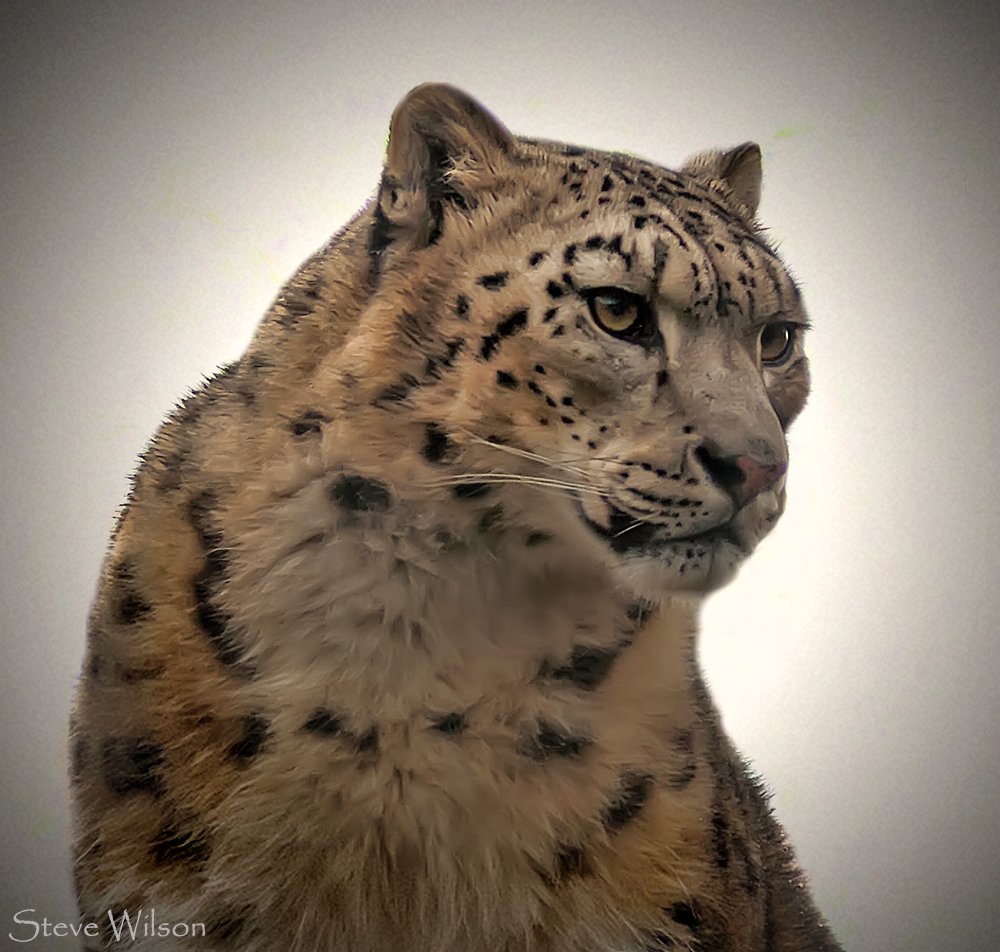
Today’s paleontologists are using cutting-edge technology to unlock the secrets of Xenosmilus. CT scans reveal internal bone structure, while computer modeling helps scientists understand how these cats moved and hunted. 3D printing allows researchers to create exact replicas of fossils, enabling detailed study without risking damage to precious specimens.
Each new technological advance reveals more about these incredible predators. Recent studies have even begun to analyze the microscopic wear patterns on teeth, providing insights into diet and hunting behavior that were impossible to obtain just a few decades ago.
The Genetic Ghost Story
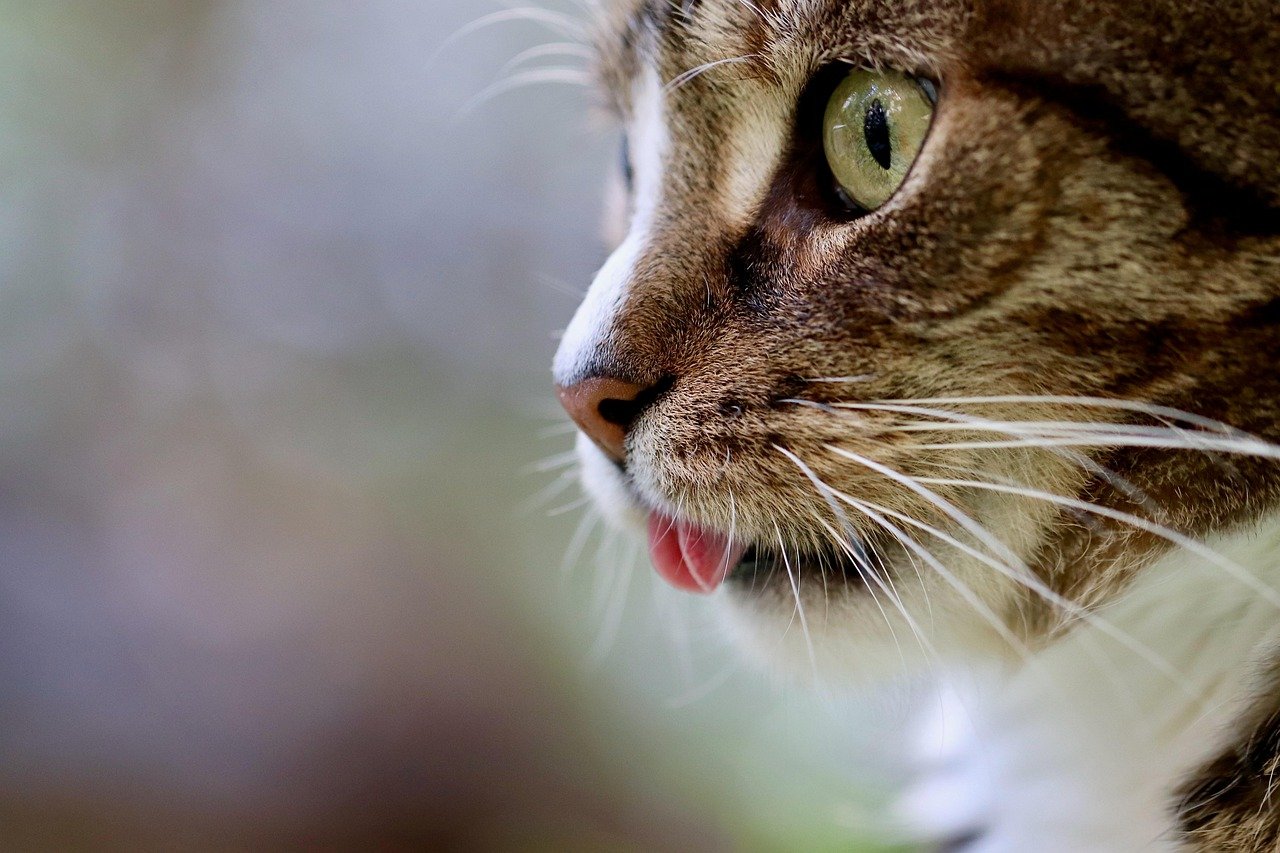
While we can’t extract DNA from Xenosmilus fossils, scientists are using genetic studies of modern cats to understand how saber-toothed cats evolved. These studies suggest that saber teeth evolved independently multiple times in different cat lineages, making Xenosmilus part of a fascinating evolutionary experiment.
The genetic evidence shows that saber-toothed cats weren’t a single evolutionary branch but rather a successful body plan that appeared whenever ecosystems could support such specialized predators. This makes Xenosmilus even more remarkable as an example of convergent evolution.
Conservation Lessons from the Past
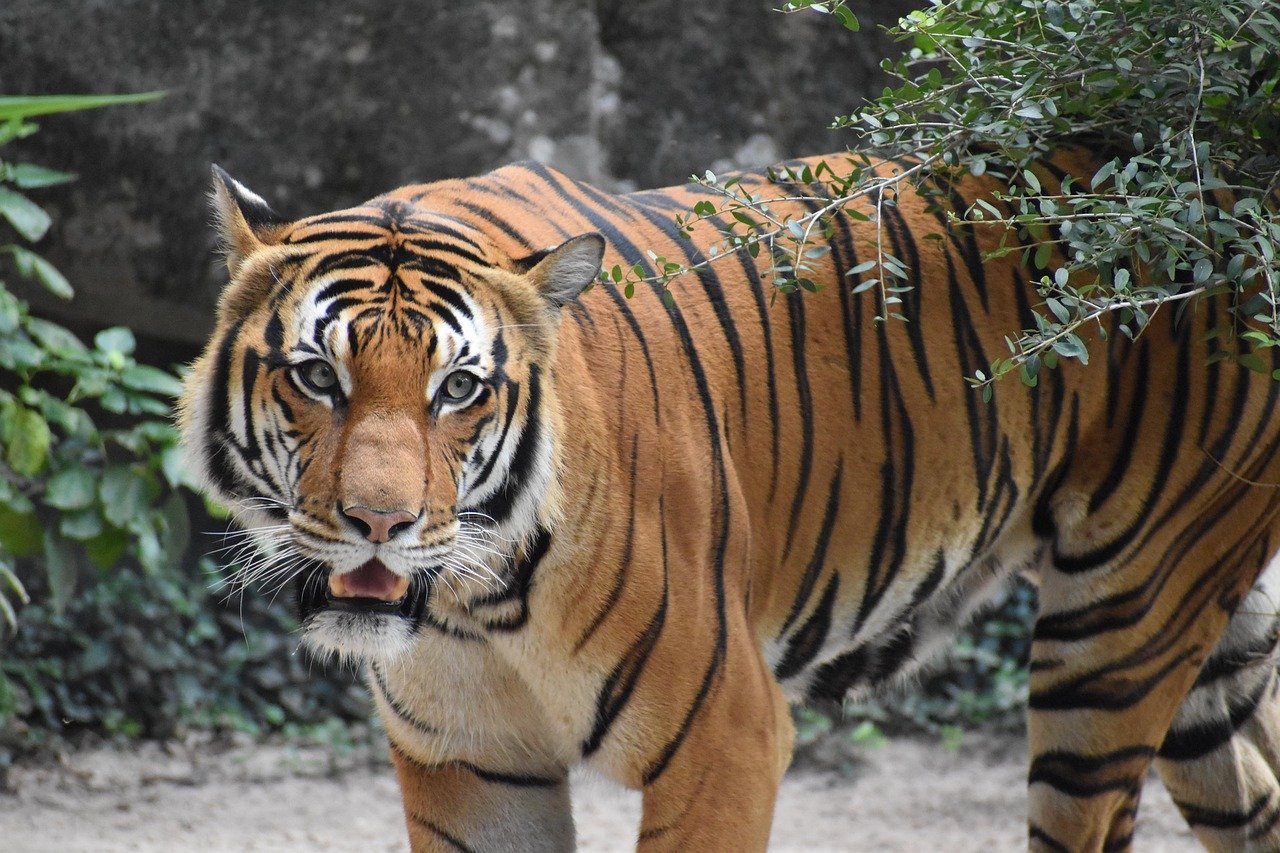
The story of Xenosmilus offers important lessons for modern conservation efforts. These magnificent predators disappeared not because they were poorly adapted, but because their entire ecosystem collapsed. Today’s big cats face similar pressures from habitat loss and climate change.
Understanding how past ecosystems supported such incredible predators helps us better protect the remaining big cats in our world. The grasslands that once supported Xenosmilus are gone forever, but we can still preserve the habitats that support today’s apex predators.
The Enduring Mystery
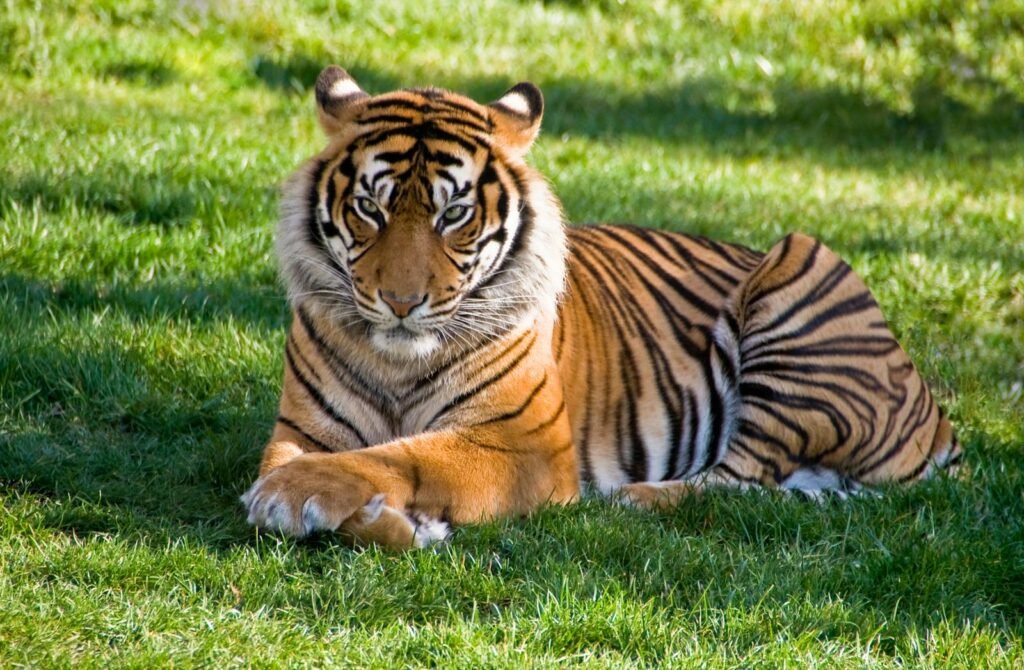
Despite decades of study, Xenosmilus continues to surprise scientists. New fossils are still being discovered, each one adding to our understanding of these remarkable predators. The most recent finds suggest there may have been multiple species of Xenosmilus, each adapted to slightly different environments and prey.
The mystery of Xenosmilus reminds us how much we still don’t know about the natural world. Even creatures that lived relatively recently in geological terms can hold secrets that take decades or centuries to unlock. What other incredible predators are waiting to be discovered in the fossil record?
Hi, I’m Bola, a passionate writer and creative strategist with a knack for crafting compelling content that educates, inspires, and connects. Over the years, I’ve honed my skills across various writing fields, including content creation, copywriting, online course development, and video scriptwriting.
When I’m not at my desk, you’ll find me exploring new ideas, reading books, or brainstorming creative ways to solve challenges. I believe that words have the power to transform, and I’m here to help you leverage that power for success.
Thanks for stopping by, Keep coming to this website to checkout new articles form me. You’d always love it!






